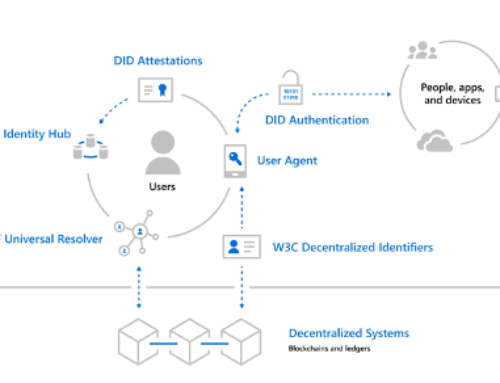Data Staging
In the context of the TheFSM architecture, the Data Staging component consists of a collection of data storage systems for storing user data for sharing which is provided on batches or collected and ingested by the Data Handler functionality. All the data classes in the Data Staging must be included in TheFSM Semantic model SOML schema. The corresponding extensions and reading microservices must be included in the Data Sources and Applications Catalogue. The access restrictions if any must be defined as described further in Data Licensing and Agreement Service.
Query Explorer Catalogue
The query explorer catalogue provides various interfaces for accessing the users’ stored data in the platform, their semantic representation and linking to various ontologies and data sources in a consistent and unified manner. It interacts with services in Data Curation and Semantic Enrichment components helping the users to focus on the semantic instead of struggling with various data sources specifics. It also provides a way for interchanging data between platform users featuring data market functionality and allowing data consumers to use the platform in a data source independent manner.
AI Models
A number of AI-powered models and algorithms will enhance the processing, forecasting and predictive capabilities of the platform, so that its users may generate more value from the data assets they use. The predictive services will be available through the Intelligence API of the data platform that will be hosted, operated and maintained by Agroknow. The deployment of the API will enable the integration with the TheFSM data platform and the applications that will be developed in the context of the project.
More specifically the predictive services will include:
- Supplier & Product Risk Assessment Models: integration, training and testing of prediction models and algorithms that will be used for the estimation of risks associated with products, suppliers and critical control points
- Incident Prediction Models: integration, training and testing prediction models that will be used for the calculation of incident trends and estimations on upcoming threats.
- Risk prediction models: integration of models and algorithms for the prediction of risk for ingredients and finished products.

